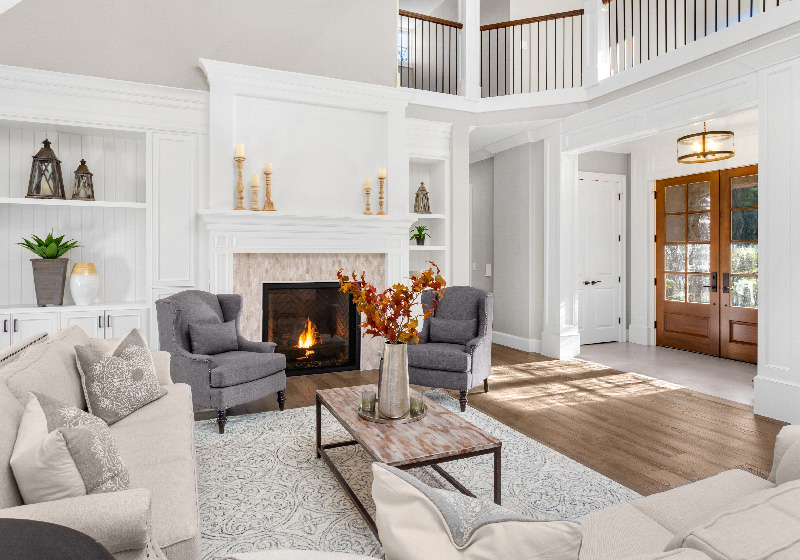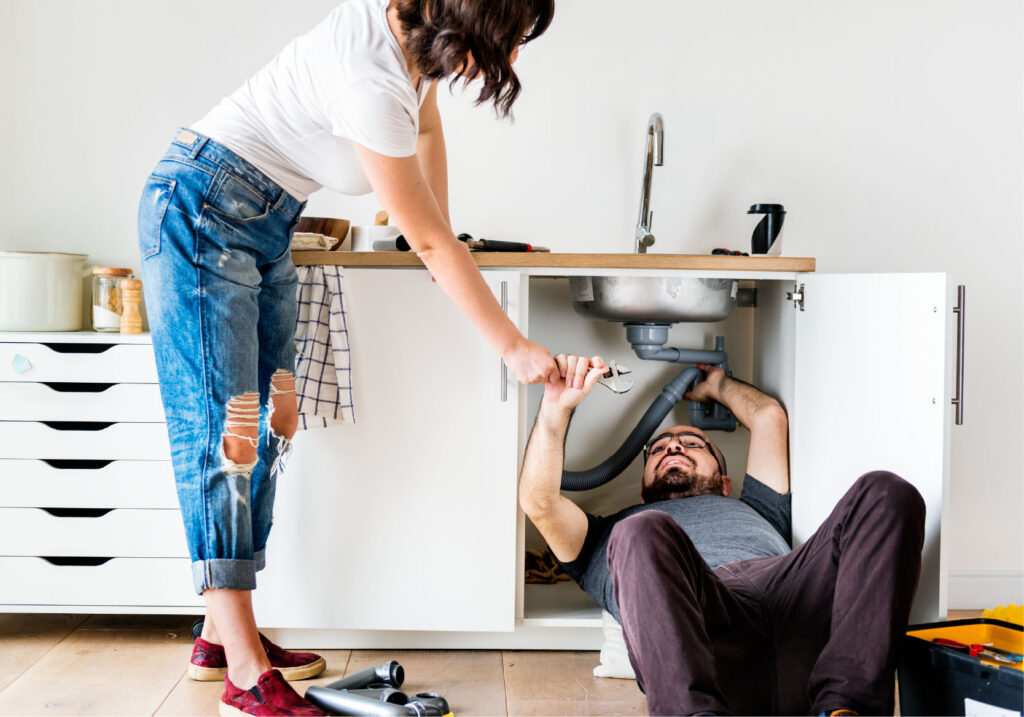When putting your home on the market, you obviously want to get as much out of the sale as you can. And ideally, you’d like the process to run quickly. Throughout the years, agents, interior designers, and other real estate professionals have searched for the best strategies to make residential transactions move as smoothly as possible, and what they’ve discovered is the fine art of home staging.
Home staging is the act of redecorating, cleaning, and designing a home so that buyers can more easily imagine themselves living there. Real estate agents are professionals at accentuating the strengths of a home while bringing any flaws into perspective, and home staging is there to reinforce these efforts through what potential buyers actually see and experience during a tour.
According to a National Association of REALTORS (NAR) Research Group’s 2023 Study, 81% of buyers’ agents said that home staging made it easier to visualize the property as their future home. Despite this, many home sellers skip this step in order to save on costs. Since the largest investment most people will make is their home, home staging is well worth the cost and time commitment.
3 Options for Home-Staging
Home sellers can go in a few different directions when planning to stage their homes, and each has their own strengths and weaknesses:
All of these options will improve a seller’s experience while their house is on the market, but let’s tackle some of the most effective DIY home staging tips for those looking to maximize their ROI!
Target the High Impact Areas
The first thing to keep in mind when thinking about staging a home for sale is that you don’t have to fix every single problem you have with your property. The best thing that a homeowner can do is to focus on the “high impact” areas of their house, in other words, the places that most influence a buyer’s decision on whether to make an offer. Within the home, this means the living room, the kitchen, the master bedroom, and (to a lesser extent) the dining room. If these areas are all attractive and inviting, offers are bound to come quickly!
In general, one change that may be worth making throughout these areas is to switch from carpet to hardwood flooring wherever possible. Carpets can get worn and stained, and it’s often replaced or removed when new homeowners move in anyway. Hardwood floors, on the other hand, have widespread appeal, and that’s what home staging is really all about. Remove aspects of the home that might turn buyers away, and replace them with neutral or commonly preferred alternatives.
Make Your Available Space Look Usable
Next, sellers should always look to accentuate the strengths of their homes, and one way that they often miss out on this is by masking their homes’ true size. Large or clunky furniture that fills up a room too much can make a home feel cramped and small. Additionally, rooms that serve more than one purpose (like a laundry room / exercise room) can make a house feel like it’s limited. Switch out that huge couch for one that shows off the floor space, and have each room focus on one purpose in particular to make it clear that potential buyers won’t struggle for breathing room.
Next, homeowners need a lot of storage, but junk rooms do little to impress during open houses. Clear out any finished areas (including attics and basements!) and transform them into temporary offices or reading nooks to emphasize the possibilities. Even if that’s not how these spaces were used, the point of staging is to get the buyer’s mind thinking about what they could do with the home. Storage areas, unfortunately, don’t provide much inspiration.
De-Personalize and Remove Controversy
The best homes become a reflection of the people that live within them, but the fact is that whoever moves in next will have their own style preferences. This means that, although you might have loved your lime green wallpaper, it might be wise to take that down and repaint your living room with some neutral colors. A well-staged home should be like a blank canvas, not a finished work of art where buyers struggle to imagine different options.
It’s for this same reason that agents recommend removing family photos, hobbyist equipment, and toys before showings. All of these are fabulous reflections of whoever lives in the house, but buyers don’t want to see someone else’s home – they want to see their potential home. Features that are distinct and remind buyers of what a home is distracts them from what the home could be in the future.
Clean! Clean! Clean!
Finally – and this might be the most important advice to apply if you weren’t already planning on it – sellers should focus primarily on making their home as clean and fresh as possible! Bathrooms tend to become neglected overtime, windows need to be washed to let light in, and odd lingering odors should be addressed during the home staging process.
For the exterior of the home, consider using a power washer as a quick way to vastly improve curb appeal without investing in a fresh coat of paint. Additionally, it can be a smart investment to purchase a new welcome mat and prioritize the front pathway. A successfully staged home will be fresh, inviting, and full of possibilities. Sellers who opt not to skip on the easy steps like home staging will see this small investment pay dividends after they close.
If you’re looking to sell, have you considered ordering a Pre-Listing Inspection? Buyers who know a property’s condition upfront tend to reach agreements much quicker! Contact your local NPI home inspector for a quote today.



